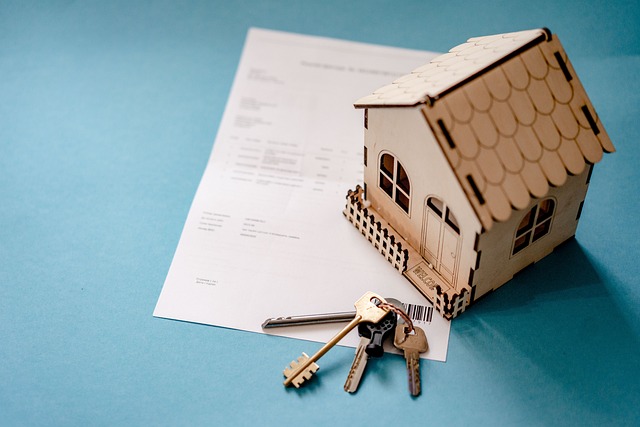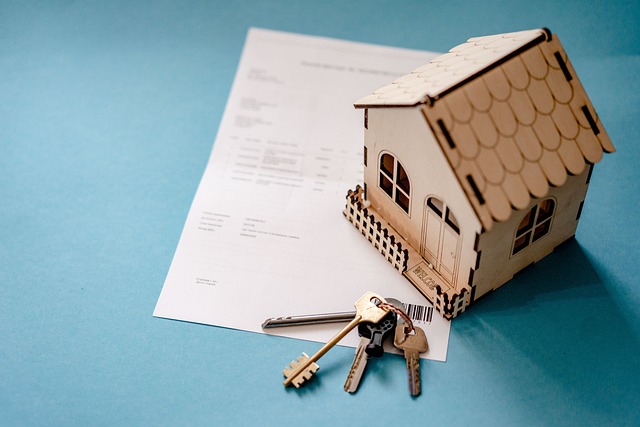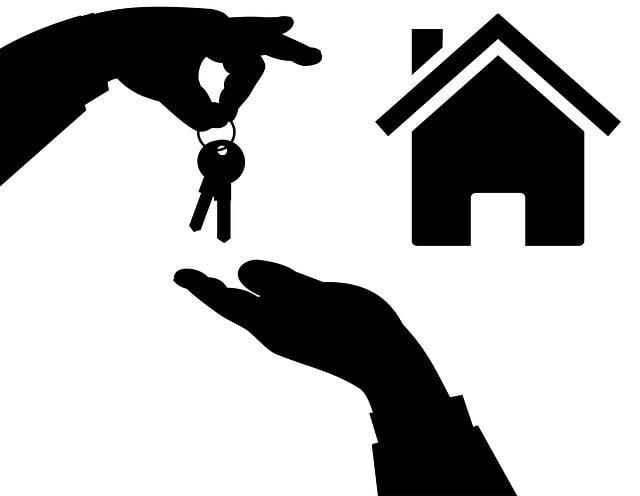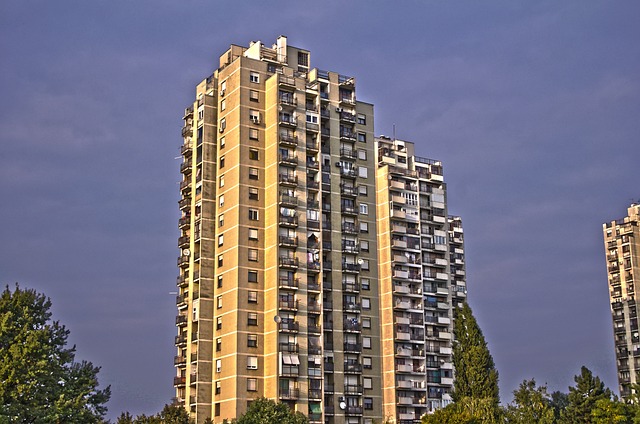Buying a second property in Singapore requires understanding government policies like CSS and APT, exploring diverse neighborhoods, staying informed about trends, and considering financial readiness. It offers benefits such as rental income, lifestyle flexibility, and investment potential while demanding careful planning, research, and execution. Diversifying property types and locations is crucial for protecting investments and boosting returns in Singapore's competitive real estate market.
Looking to diversify your investment portfolio? Consider buying a second property in Singapore, a strategic move that can offer both financial gains and enhanced lifestyle. This guide breaks down the process for beginners, exploring the vibrant Singapore real estate market. We delve into the advantages of owning multiple properties, from tax benefits and rental income to flexible living options. Additionally, we provide practical steps and strategies to navigate the purchase, ensuring a successful diversification journey in this thriving city-state.
- Understanding the Market: A Beginner's Guide to Buying Property in Singapore
- Benefits of Owning a Second Property: Financial and Lifestyle Advantages
- Navigating the Process: Steps to Purchase Your Second Home in Singapore
- Strategies for Diversification: Maximizing Returns and Minimizing Risks
Understanding the Market: A Beginner's Guide to Buying Property in Singapore

Buying a second property in Singapore is a significant step that requires understanding the unique market dynamics. For beginners, it’s crucial to grasp that Singapore’s real estate scene is characterized by stringent regulations and a high-demand environment. The government has implemented various policies, such as the Common Sale Scheme (CSS) and Additional Property Tax (APT), which aim to stabilise prices and ensure fair access for citizens.
Researching different areas is essential; Singapore is a compact city with diverse neighbourhoods. Each area has its own vibe, offering varying levels of affordability, accessibility, and potential capital growth. Keeping an eye on emerging trends, like the revival of older districts or new developments along the MRT lines, can help investors make informed decisions when buying their second property in Singapore.
Benefits of Owning a Second Property: Financial and Lifestyle Advantages

Owning a second property in Singapore brings a multitude of financial and lifestyle advantages. One of the key benefits is the potential for increased income streams, as renting out your additional property can provide a steady and substantial cash flow. This diversification can significantly boost your overall wealth, offering a hedge against market fluctuations and adding to your retirement savings.
Beyond financial gains, a second property allows for greater flexibility in lifestyle choices. It provides options like having a dedicated space for family or friends when they visit, or even the potential to live in one property while renting out the other, offering a balance between privacy and community. This is especially appealing in Singapore’s dynamic urban landscape, where real estate is valuable and demand for quality living spaces remains high.
Navigating the Process: Steps to Purchase Your Second Home in Singapore

Navigating the process of buying a second property in Singapore involves several key steps. Firstly, assess your financial readiness by evaluating your current income, savings, and existing mortgage obligations. This will help determine your budget for the new purchase. Researching the local real estate market is crucial; understand property values, trends, and potential returns on investment.
Next, define your preferences regarding location, property type, and size. Consider factors like proximity to work or schools, neighborhood amenities, and future resale value. Consult with a reputable real estate agent who can guide you through the legal and logistical aspects of buying, including negotiations, inspections, and regulatory compliance. Finally, secure financing through a bank or financial institution, comparing different loan packages to find the most suitable terms for your needs.
Strategies for Diversification: Maximizing Returns and Minimizing Risks

When considering a second property purchase in Singapore, diversification strategies become key to maximizing returns and minimizing risks. A common approach is to invest in different types of properties across various locations or asset classes, such as residential, commercial, or industrial real estate. This spreads your investments, ensuring that a downturn in one sector doesn’t significantly impact your overall portfolio. For instance, buying a condominium for rental income alongside a landed property offers diversification within the residential market itself.
Additionally, timing and price consideration are crucial. Staying informed about market trends allows you to buy at optimal prices during favorable conditions. Investing in a second property when interest rates are low can enhance profitability. Diversification also involves managing debt responsibly. A well-planned financing strategy that considers your financial capabilities and the potential cash flow from the new property is essential to maintaining a healthy balance sheet while investing in Singapore’s competitive real estate market, particularly for a second property.
Buying a second property in Singapore can be a strategic move to diversify your portfolio, offering both financial gains and enhanced lifestyle options. By understanding the market dynamics, leveraging the right strategies, and navigating the process effectively, you can unlock significant advantages. This comprehensive guide equips beginners with the knowledge to make informed decisions, ensuring they maximize returns while minimizing risks in their real estate investments, especially within Singapore’s vibrant property landscape.
